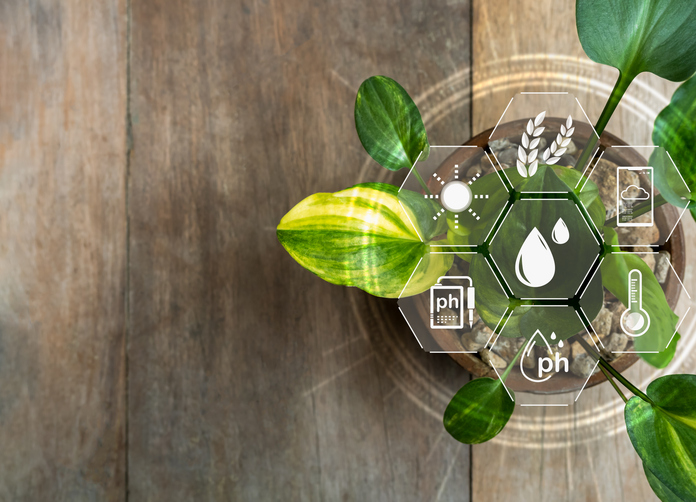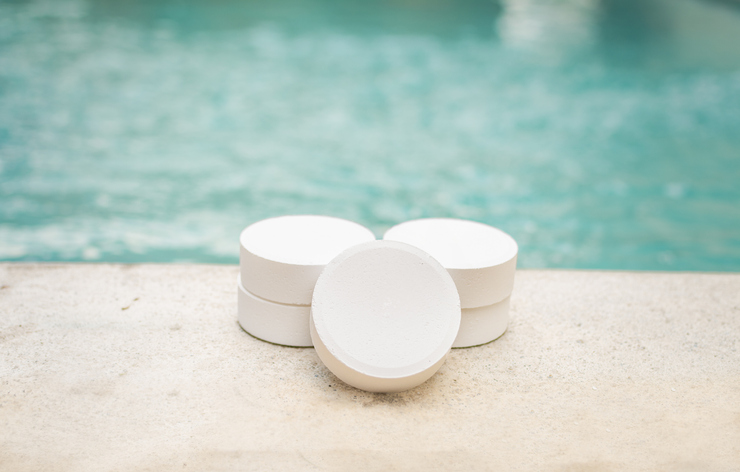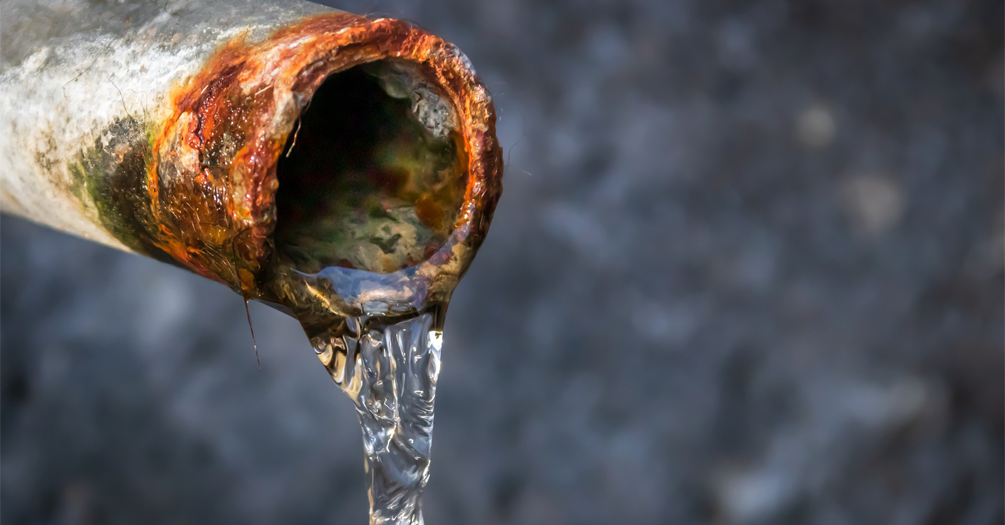AlpHa Measurement Solutions
Parameters
Browse by sensor type through Alpha’s electrochemical and optical sensor portfolios. Each sensor parameter is proudly manufactured and tested in-house, tailored to the unique requirements of the test and measurement application.
Applications
Search by use application to view products and solutions offered across industries. Contact us to purchase Van London products, or to have our engineers and sales professionals customize a solution to meet your unique test and measurement application.
Analyzers, Meters & Transmitters
Contact AlpHa to explore our capabilities to design and supply OEM liquid analytical process instrumentation and meters with a range of analytics to pair with both analog and compatible digital sensors and electrodes.
Vertically Integrated Global Manufacturing
+2M
Units Shipped Annually

Subject Matter Expertise
Fractional or Turnkey Product Development
Partner to OEM & Distributor Models
Browse by Application
Browse by Parameter
Give Us a Call
Industry Highlights/AlpHa's Take

The Role of Liquid Sensors in Environmental Monitoring
Liquid sensors play an important role in environmental monitoring so as to safeguard our planet’s resources. From detecting pollution to maintaining water quality and promoting conservation efforts, these sensors have become indispensable tools. This article reviews what environmental monitoring is, and the role of liquid sensors in populations with limited access to clean water. What is Environmental Monitoring Environmental monitoring refers to the tools and techniques for observing an environment, characterizing its quality, and establishing environmental parameters. Its main objective is to manage and minimize the impact that human population, industrial activities, and energy consumption have on the environment. Environmental monitoring

Chlorine Disinfection of Water: Free Chlorine and Total Chlorine Sensors
Free and total chlorine measurements are important when determining the effectiveness of water treatment efforts. This is because they provide insight into the interaction between chlorine and contaminants, as well as help in delivering the right

The Dangers of Lead in Drinking Water
In this article, we review possible channels of lead contamination in drinking water, dangers of ingestion, safe levels, and detection.

